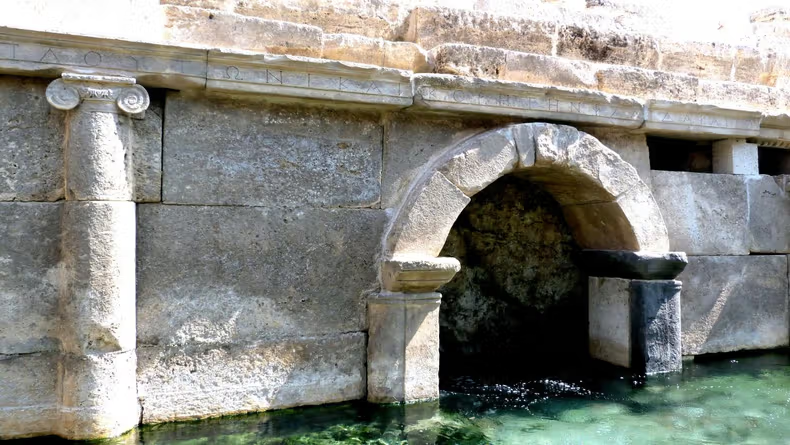What happens inside the deadly Gates of Hell on earth?
There is a place known as the Gates of Hell on earth, and it has been discovered.
During the Roman Empire, the “gates of hell” were so popular that priests conducted rituals seemingly unharmed by deadly gases.
The sacrifices were healthy bulls brought down to the gates of hell—they died very quickly without any human involvement, but the castrated priests who accompanied them were unaffected.
The Gates of Hell
The gate is also known as the Plutonium, after Pluto, the god of the underworld. It was revered as the doorway to the underworld in Greco-Roman mythology and tradition.
In 2011, archaeologists discovered that the gate is still deadly: birds who fly too close choke and die. Humans are warned to stay off as prolonged exposure might lead to death.
“This region is filled with a foggy, dense vapour that makes it difficult to see the ground. Any animal that passes inside meets instant death. I threw in sparrows, and they immediately breathed their last and fell,” stated the Greek geographer Strabo.
In 2011, archaeologists rediscovered a “gate of hell” at Hierapolis, Turkey. This stone doorway led to a small cave filled with a visible mist. It sits in a geologically active zone, with a deep fissure constantly emitting volcanic carbon dioxide (CO2). This gas, heavier than air, forms a deadly “lake” at the bottom of the arena where sacrifices take place.
Are the Gates of Hell magic or science?
Researchers led by volcano biologist Hardy Pfanz measured carbon dioxide (CO2) levels at the site. They found that while sunlight dissipates the gas during the day, nightfall makes the place more dangerous.
He believes the priests just understood what was going on – they knew which times of day were best to go down and were tall enough to avoid the fumes. They were also higher than the other creatures that entered the cave, which likely helped them stay above the stifling vapour
Archaeologist Francesco D’Andria is not aligned with that opinion. He stated that oil lamps found near the gate suggest nighttime activity despite the dangers.
An ignored explanation is that perhaps there was a supernatural power at work there
